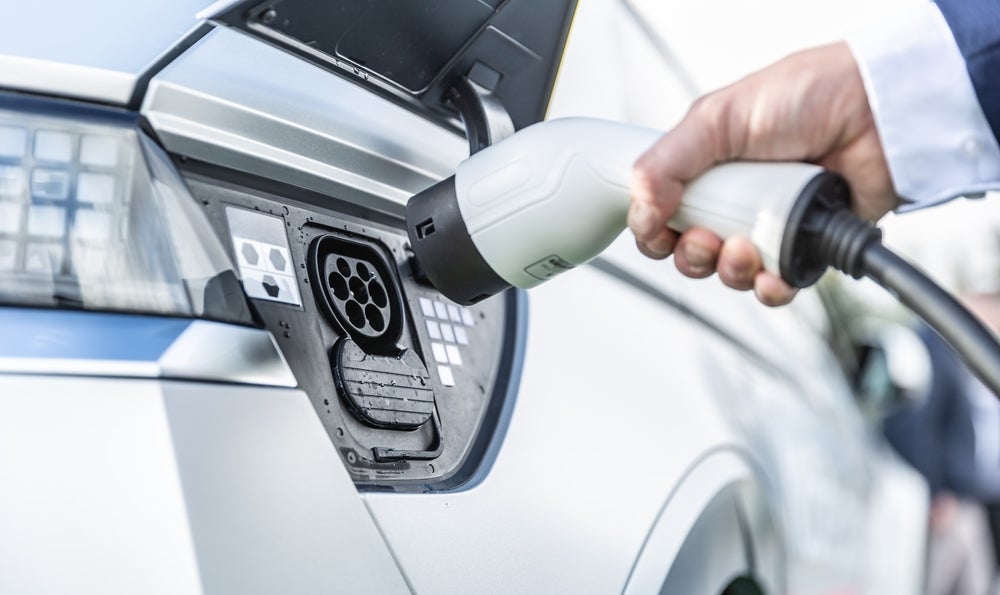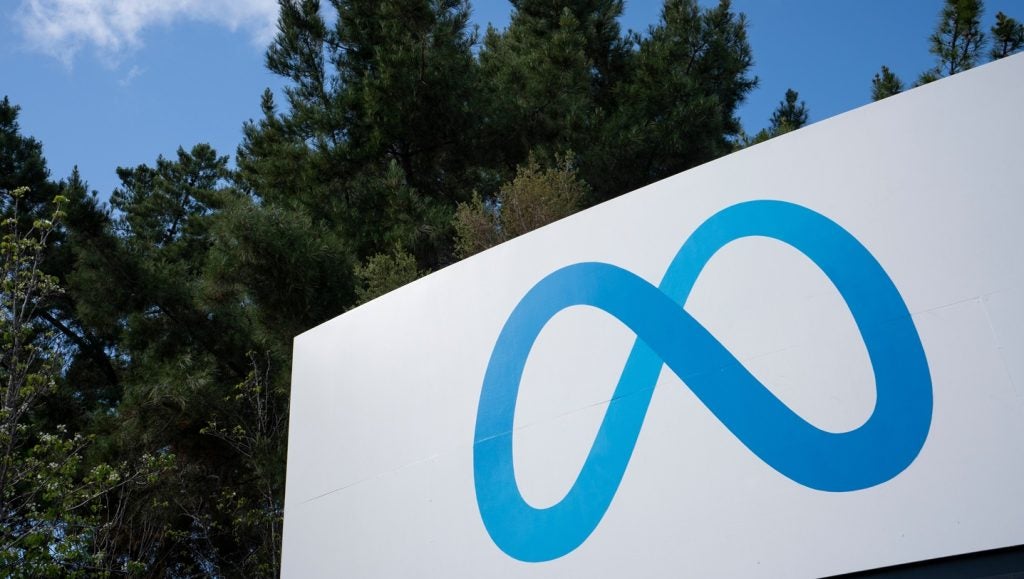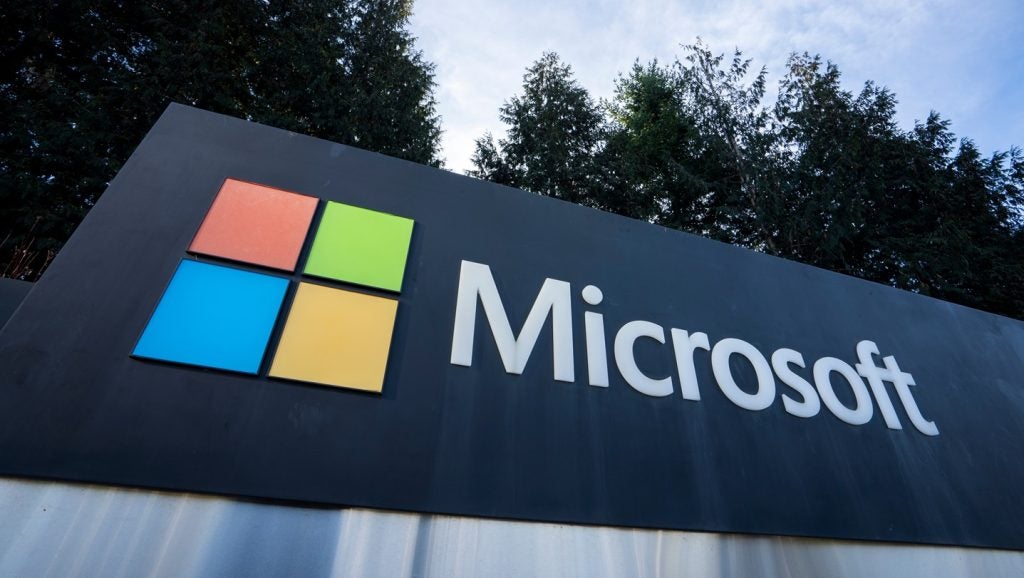From the sparky endurance of the Duracell Bunny to A Tribe Called Quest’s electric hook in Check the Rhime (“I’m like an Energizer because I last long”), references to batteries and their power have long permeated popular culture. Stored energy supply has intersected with different forms of media in popular culture for generations, and it is this cultural presentation that affects how we think about the battery today.
As governments get serious about decarbonizing their economies, cheaper, higher-performing, and lower-carbon batteries will be demanded and used by an increasing proportion of society. Given stored energy’s accelerating and expanding role in tackling climate change, the batteries industry and its place in popular culture take on even higher significance.
The automotive industry will be the most influential
As sectors that rely on batteries develop, the spectrum of media that references batteries should follow suit. Of these, the automotive industry will be the most influential. GlobalData projects that global electric vehicle (EV) production will make up a growing proportion of the total light vehicle market. By 2028, EVs should account for 28% of the market. This percentage will continue to grow into the 2030s when EVs will ultimately account for most light vehicle production. These EVs will all require batteries.
Brand and technological recognition could become increasingly important to organizations and their profitability as society becomes more dependent on batteries. A new charge of battery-related media could be on the horizon. More Iron Men, more Britney Spears and Metallica songs, and more bunnies are inevitable as organizations seek to capitalize on demand with greater forms of publicity. Duracell has already launched an augmented reality game to bring its leporine mascot ‘to life’ and target a new demographic of consumers.
Assault on batteries
Given the likely rise in battery-related media of all types, it is even more important to recognize the failures and controversies surrounding batteries in popular culture. The environmental impact of battery materials extraction, from mining to brine evaporation, is well-reported for its water consumption and contamination. In the Democratic Republic of Congo (DRC), the sourcing of cobalt, a crucial component for EV battery range and durability, is known to use artisanal and small-scale mining. UNICEF estimates that more than 40,000 children currently work in these kinds of mines in the DRC.
Duracell and Energizer have competed in the disposable batteries space since 1989 and have gone to court multiple times over the respective use of their bunny mascots since an initial 1990 trade dispute. Samsung’s Galaxy Note 7 was plagued by several cases of exploding batteries because of over-recharging, with these issues also occurring in other brands. Elsewhere, children are swallowing more batteries than ever before, particularly in the US. The rate of child hospitalizations from battery ingestion between 2010 and 2019 was more than double that reported between 1990 and 2009. Research largely attributes this rise to the greater prevalence of batteries in the home.
Powering up a better society
As batteries power an increasing proportion of society, their place in popular culture grows in significance, wielding influence over public perception. Galvanizing society with examples exhibiting the positive impact batteries can have—from powering a flashlight to solving crime—will be crucial.
Batteries, through popular culture, are well-positioned to guide discussions surrounding resource depletion, energy efficiency, and sustainability more broadly. Promoting more deliberate and cautious resource use and choice, or influencing when and how we use our energy, are just some examples of the discussions that batteries can influence.
Some forms of popular culture are already forcing society to reflect on these topics. Coldplay has used the fans themselves as batteries, via kinetic floors and stationary bikes, to supply the energy to power their most recent tour. By directly fuelling the concert, fans are made to consider what kind of logistics are required to power events of these scales. As society adapts further to the widespread and growing adoption of batteries, an active appreciation of their function and origin will be beneficial for all.
Fundamental social and environmental issues remain in the batteries industry and these issues can be highlighted very effectively by popular culture. The next step is actionable change.








